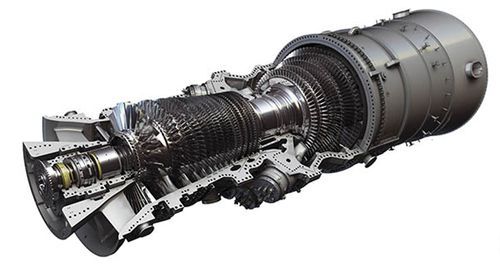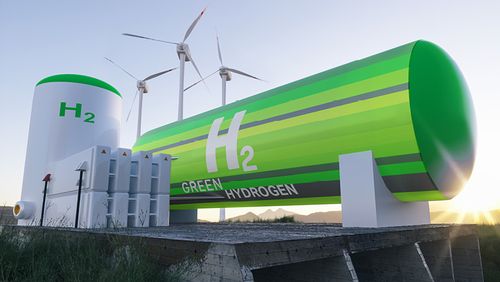Molten Industries will spearhead a collaborative effort with United States Steel Corporation and CPFD Software to design, build, and test a pilot-scale system aimed at eliminating carbon emissions from iron reduction under a U.S. Department of Energy grant, according to a news release.
The $5.4m grant was awarded and funded through the DOE’s Industrial Efficiency and Decarbonization Office and Hydrogen and Fuel Cell Technologies Office. The project’s main objective is to demonstrate the integration of methane-pyrolysis-driven hydrogen production with a pilot direct reduced iron (DRI) shaft furnace at Molten’s facility. Anticipated outcomes include significant energy, carbon intensity, and cost reductions—a pivotal stride toward sustainable steel production.
The approach harnesses hydrogen derived from methane pyrolysis as a reducing agent. Molten’s technology uses renewable electricity to break down methane from natural gas or waste sources into hydrogen gas and solid graphite, offering a 75% reduction in energy intensity compared to water electrolysis, an alternative for zero-carbon hydrogen. This grant was awarded shortly after Molten announced its $25m Series A fundraise, which will only further propel the development of its technology.
The project leverages U. S. Steel’s expertise as a vertically integrated steel producer. U. S. Steel will contribute its Minnesota iron ore for the project and potentially showcase clean steel production in an electric arc furnace using the DRI made with clean hydrogen. The technology has the potential to eliminate up to 60 million tons of CO2 from the 84 million tons of greenhouse gas emissions in U.S. crude steel production.





